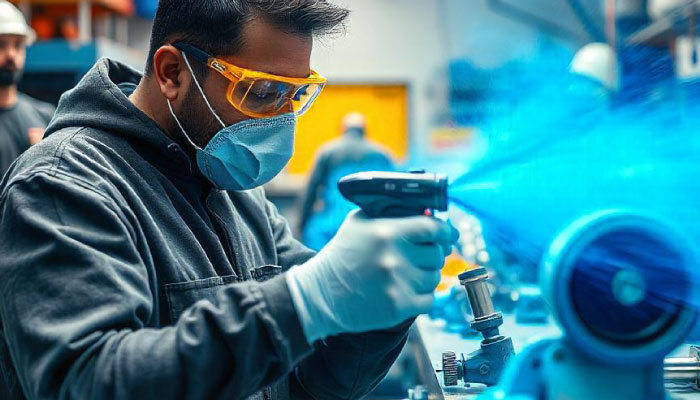
Emerging Trends in Powder Coating Systems for Aerospace Parts: Lightweight Solutions
The aerospace industry is continuously evolving, with a increasing focus on improving performance, efficiency, and safety. As aircraft, manufacturers strive to meet stringent regulations and customer expectations, powder-coating systems are emerging as a vital component in the production of lightweight aerospace parts. This article explores the latest trends in powder coating technology, highlighting how these advancements are contributing to the development of lighter, more durable components in the aerospace sector.
The Need for Lightweight Solutions
As fuel efficiency becomes a critical factor in aerospace design, the push for lightweight materials has intensified. Reducing the weight of aircraft not only improves fuel consumption but also enhances overall performance and reduces emissions. Aerospace engineers are turning to advanced materials such as aluminum alloys, titanium, and composite materials. However, these materials require specialized coatings to protect against corrosion, wear, and environmental factors, making effective powder coating systems essential.
Advanced Powder Coating Materials
One of the most significant trends in powder coating for aerospace applications is the development of advanced coating materials. Traditional powder coatings are often limited in terms of thermal resistance and adhesion properties. New formulations, such as hybrid powders that combine epoxy and polyester resins, are now being developed to provide superior performance.
These advanced powders offer enhanced durability and resistance to extreme temperatures, making them ideal for aerospace applications. They also have improved flow characteristics, which result in a smoother finish and better coverage of complex geometries—an essential requirement in aircraft parts.
Enhanced Application Techniques
The application techniques used in powder coating systems are also evolving. Electrostatic spray application remains the most common method, but new technologies such as automated spraying systems and robotics are gaining traction. These advancements allow precise application, reduce overspray and waste while ensure even coverage on intricate components.
Additionally, innovations in curing processes are being adopted. Infrared (IR) and ultraviolet (UV) curing systems are becoming more popular, allowing for faster production times without compromising the quality of the finish. These methods enable manufacturers to streamline their processes, resulting in greater efficiency and reduced turnaround times.
Focus on Environmental Sustainability
The aerospace industry is increasingly committed to sustainability, and powder coating systems align well with this goal. Unlike liquid coatings, powder coatings produce minimal volatile organic compounds (VOCs), making them a more environmentally friendly option. Furthermore, powder coatings can be recycled and reused, further minimizing waste.
Manufacturers are also exploring eco-friendly formulations that use bio-based materials, which can reduce the carbon footprint of the production process. As the aerospace sector continues to prioritize sustainable practices, powder-coating systems will play a critical role in meeting these environmental objectives.
Customization and Aesthetics
Customization is another trend shaping the future of powder coating systems for aerospace parts. As airlines and manufacturers look to differentiate their products, there is a growing demand for unique finishes and colors. Modern powder coating systems can accommodate a wide range of colors, textures, and finishes, allowing for tailored solutions that meet both functional and aesthetic requirements.
Moreover, advancements in color-matching technology enable precise replication of brand colors, ensuring that components align with an aircraft's overall design. This level of customization enhances brand identity while maintaining the necessary durability for aerospace applications.
Regulatory Compliance and Testing
The aerospace industry is subject to rigorous regulatory standards, and powder coating systems must comply with these requirements. Emerging trends include the development of coatings that meet specific aerospace regulations, such as those set by the Federal Aviation Administration (FAA) and the European Union Aviation Safety Agency (EASA).
To ensure compliance, manufacturers are investing in advanced testing techniques to evaluate the performance of powder coatings under extreme conditions. This includes assessing adhesion, corrosion resistance, and thermal stability, ensuring that coated parts can withstand the demanding environments they will face in flight.
Summing Up
As the aerospace industry continues to advance, the role of powder coating systems in producing lightweight, durable parts is becoming increasingly vital. With innovations in materials, application techniques, and environmental sustainability, powder coating technology is well positioned to meet the unique challenges of the aerospace sector.
For manufacturers looking to optimize their powder coating processes and explore cutting-edge solutions, Trutek Systems offers state-of-the-art powder coating systems designed specifically for the aerospace industry. Our expertise in advanced coatings and commitment to sustainability can help you achieve your production goals while ensuring compliance with industry standards. Contact us today to learn more about how we can support your aerospace manufacturing needs!

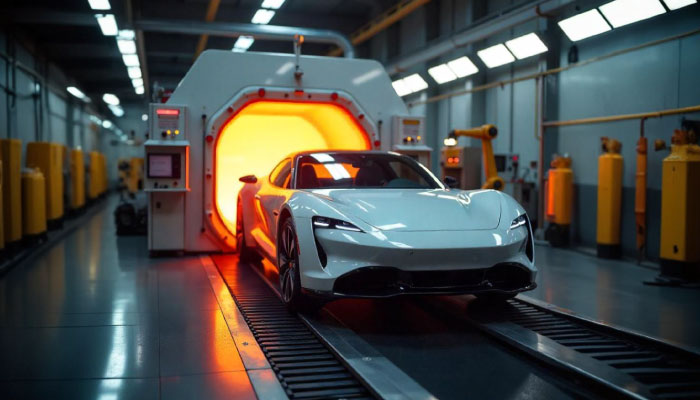
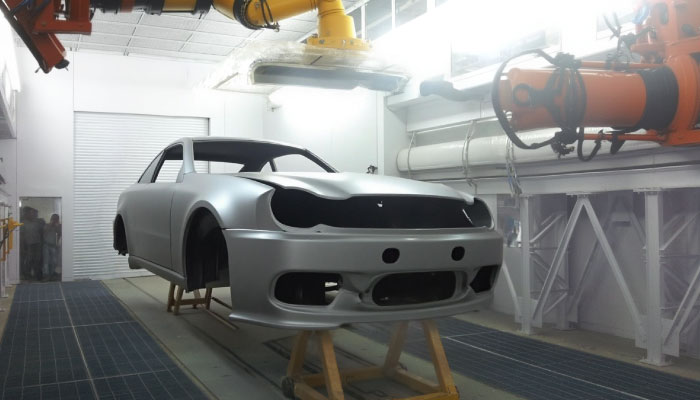
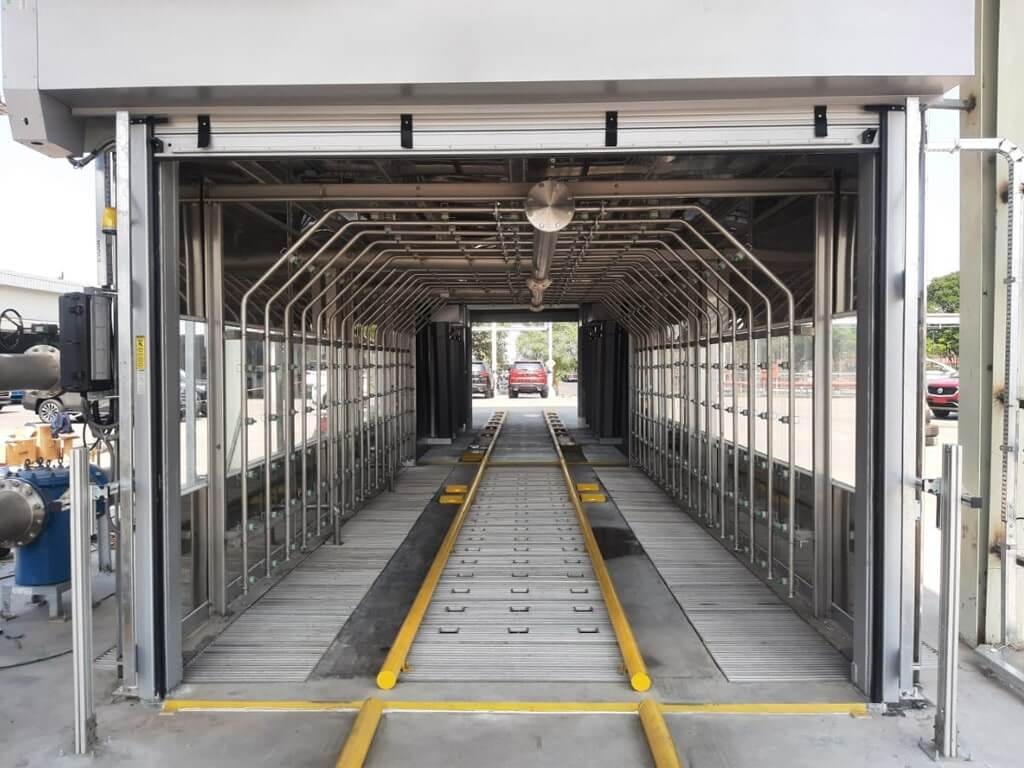
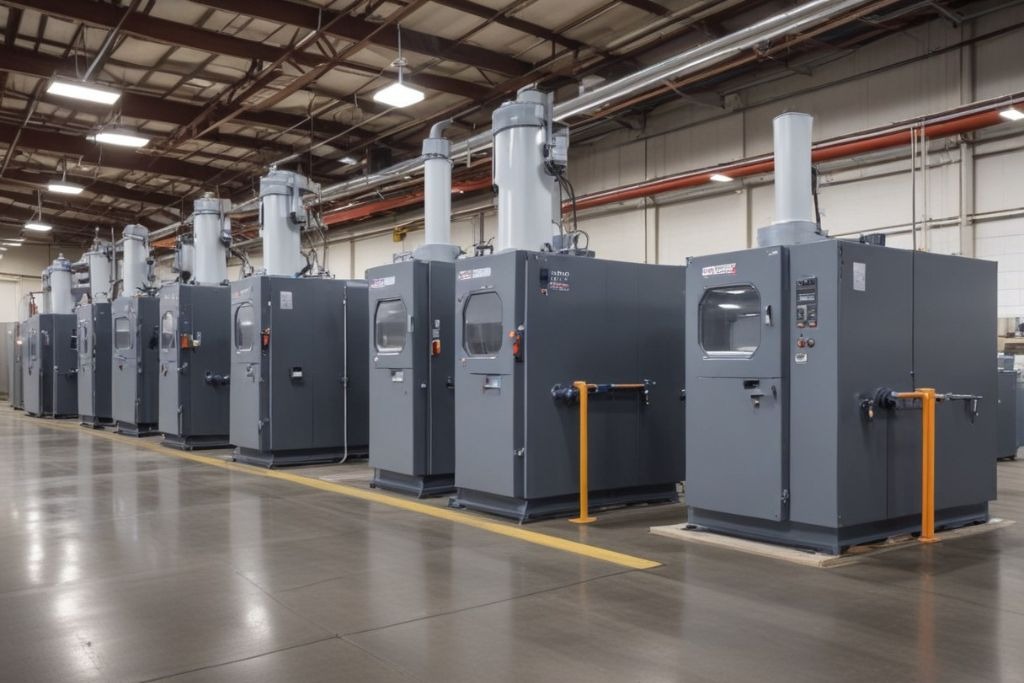
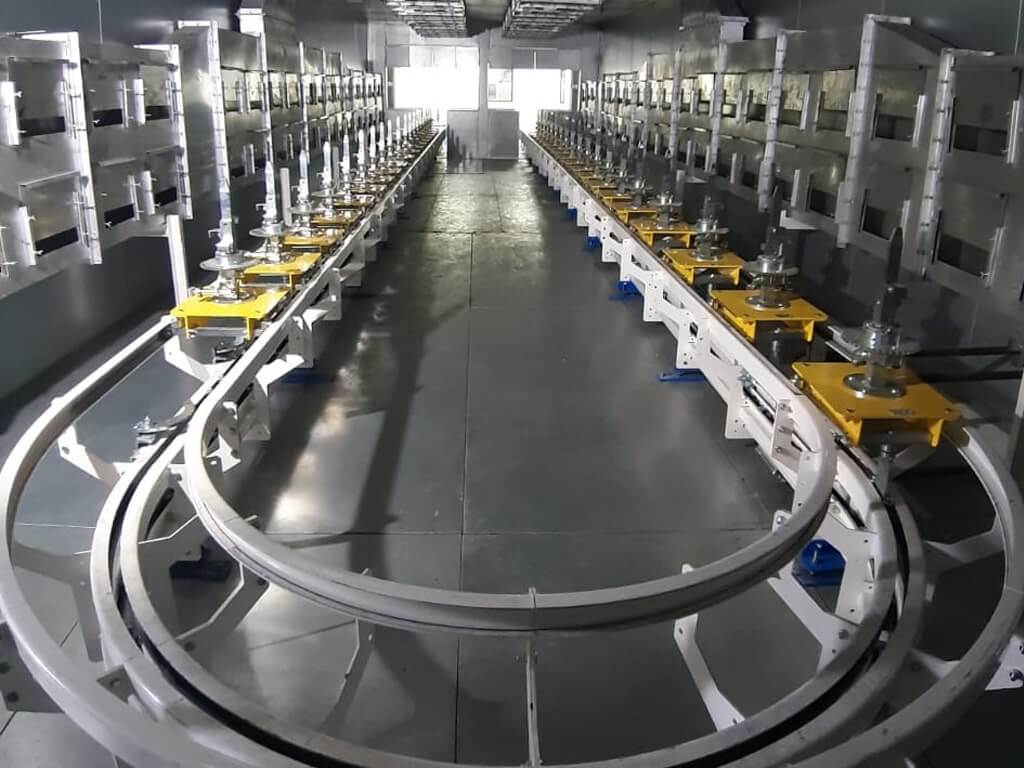
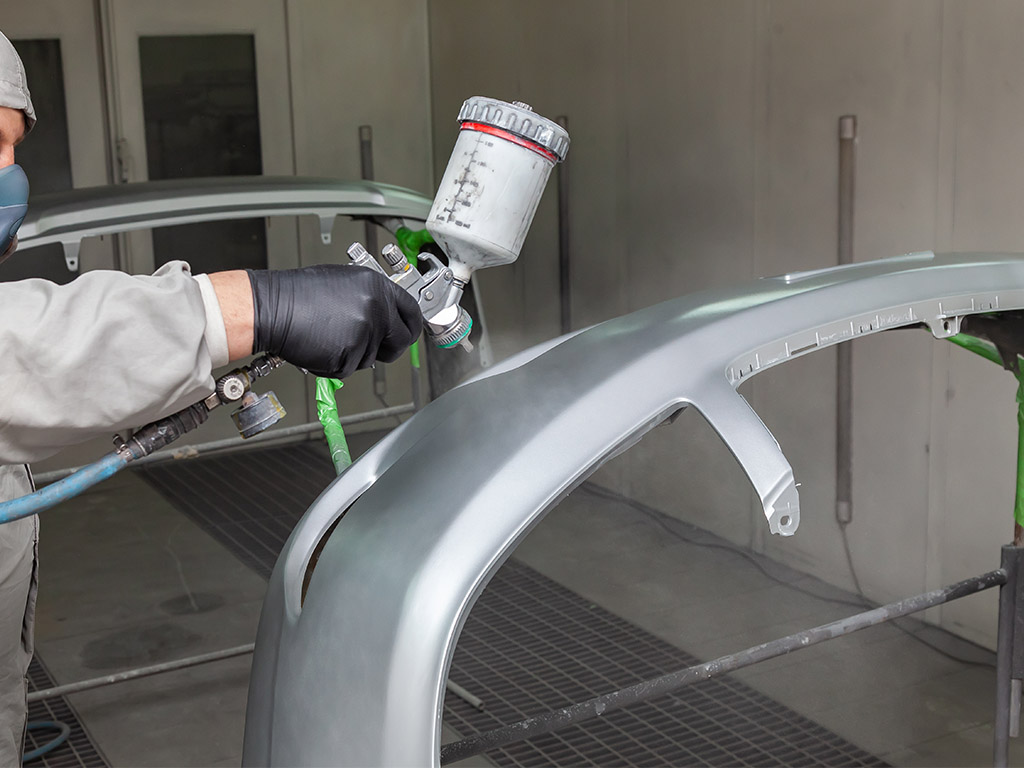
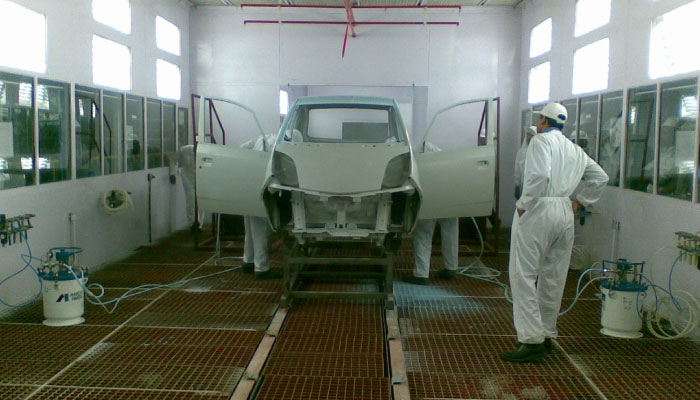
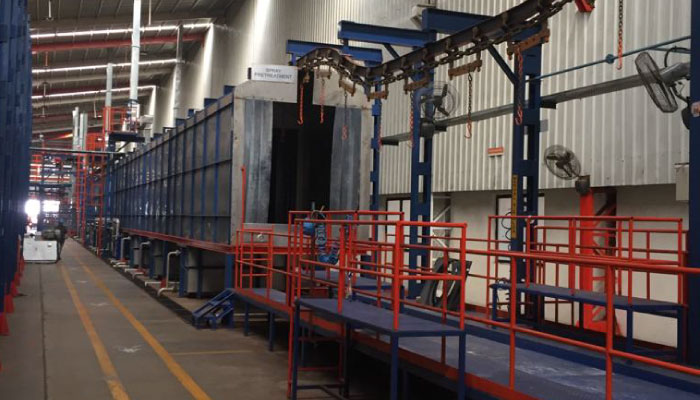
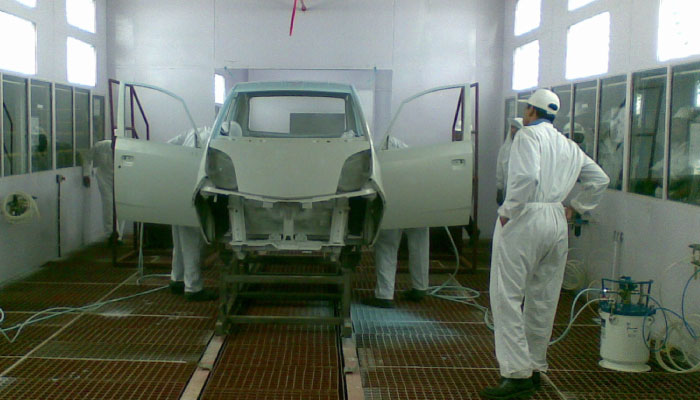
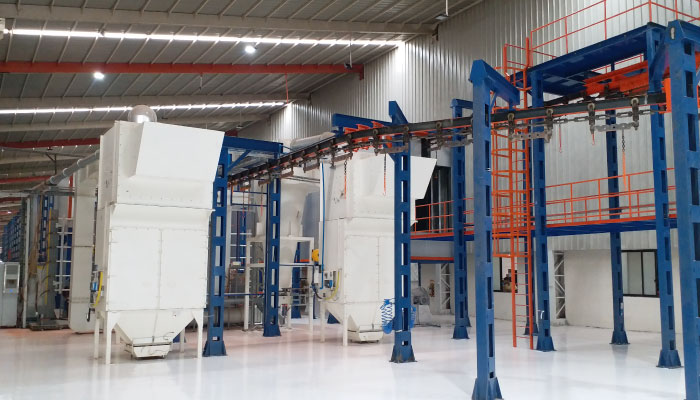
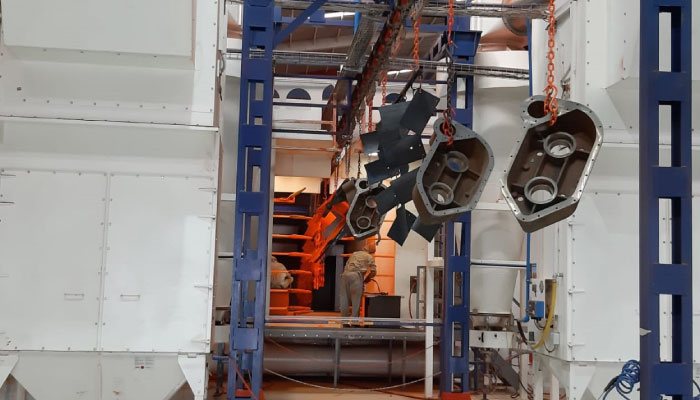
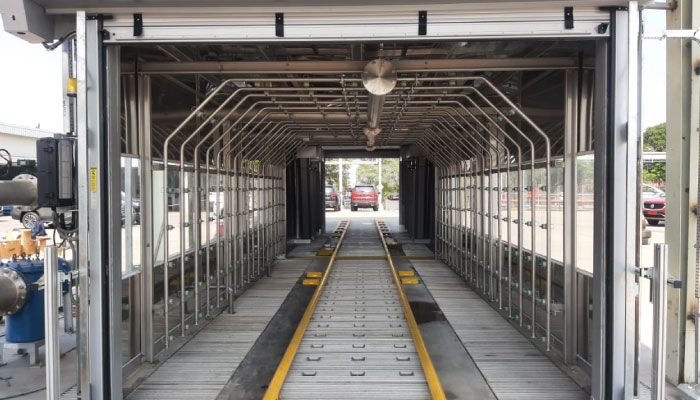
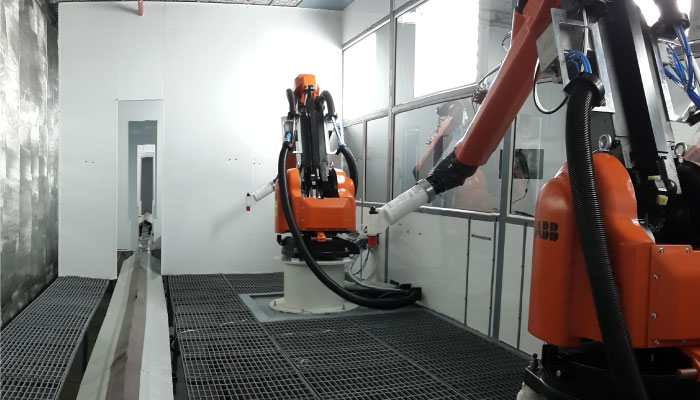
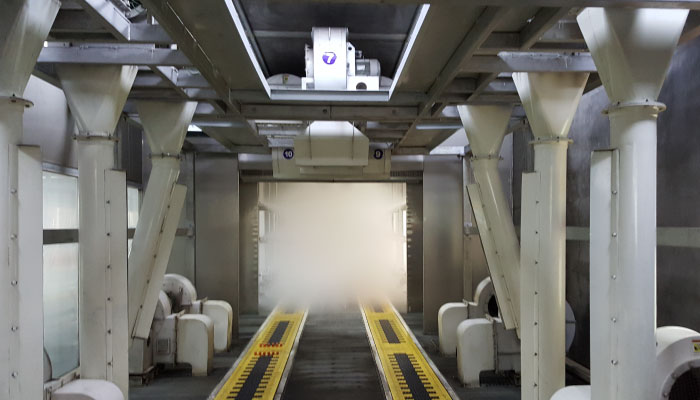
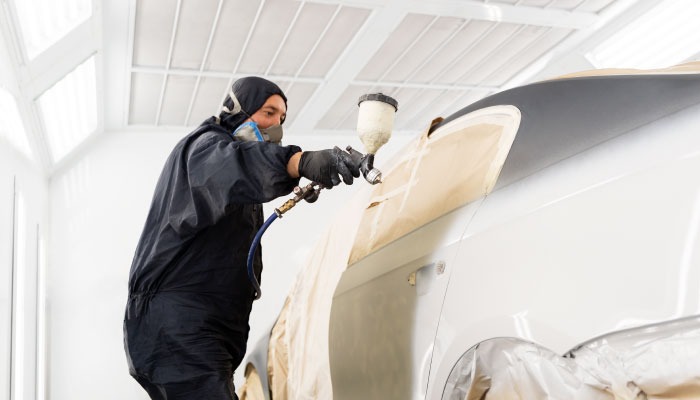

.png)
.png)
.jpg)
.png)
.jpg)
.jpg)
.jpg)
.jpg)
.jpg)
.jpg)
.jpg)
.jpg)
.jpg)
.jpg)
.jpg)
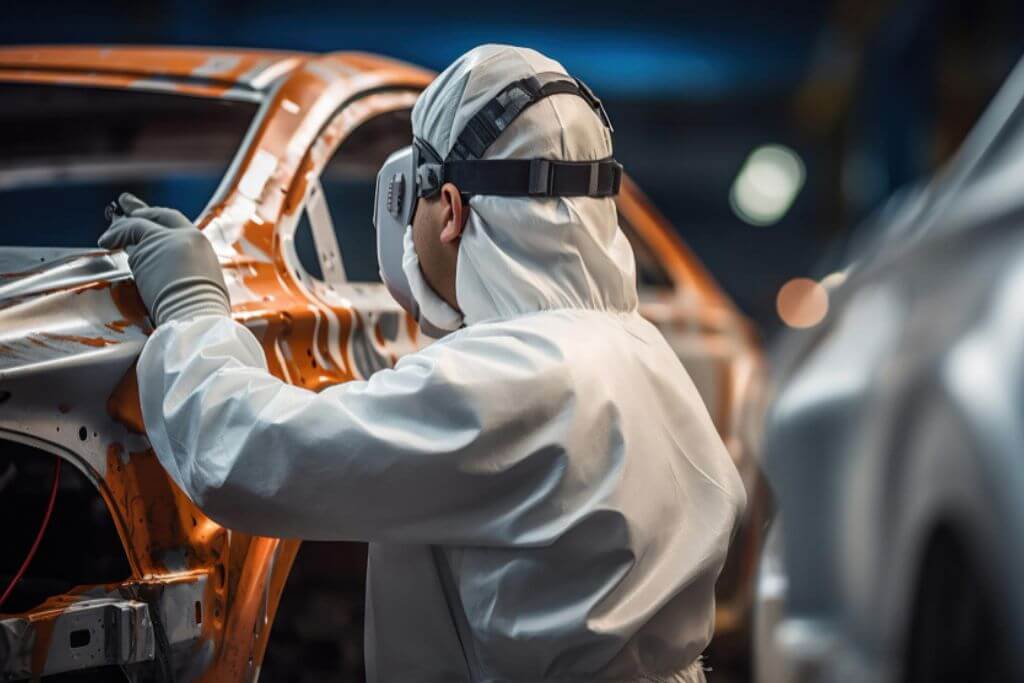
hh.jpg)
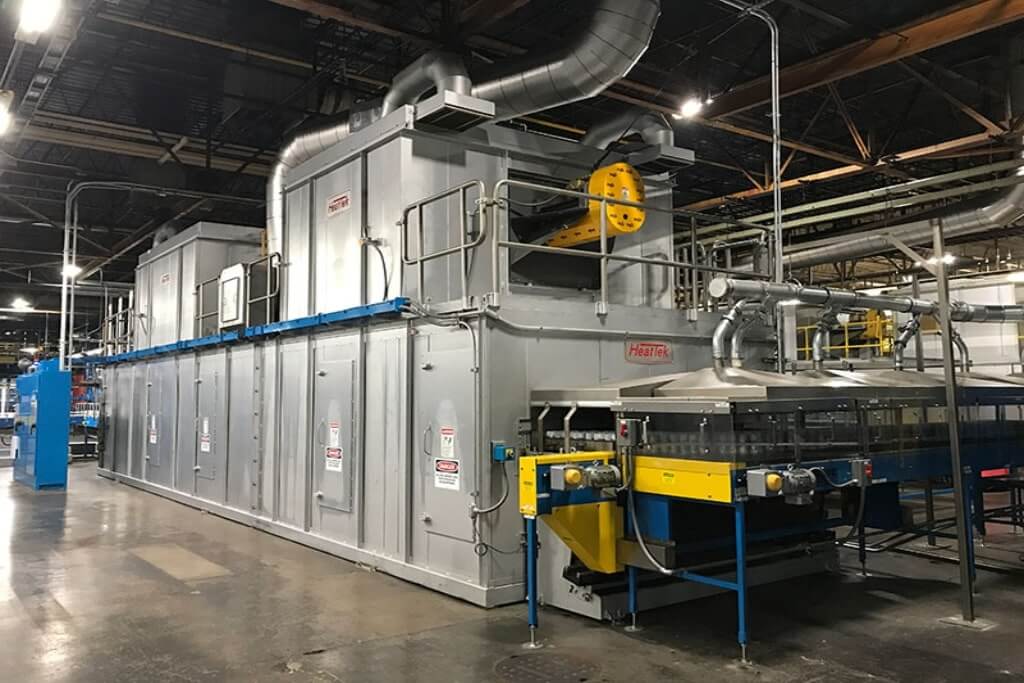
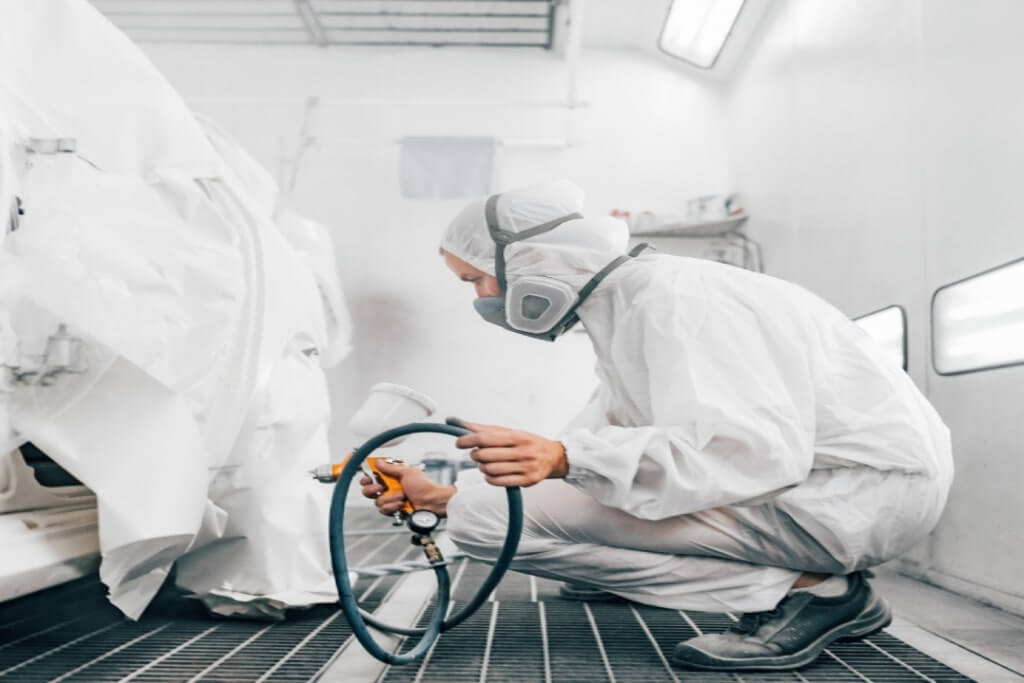
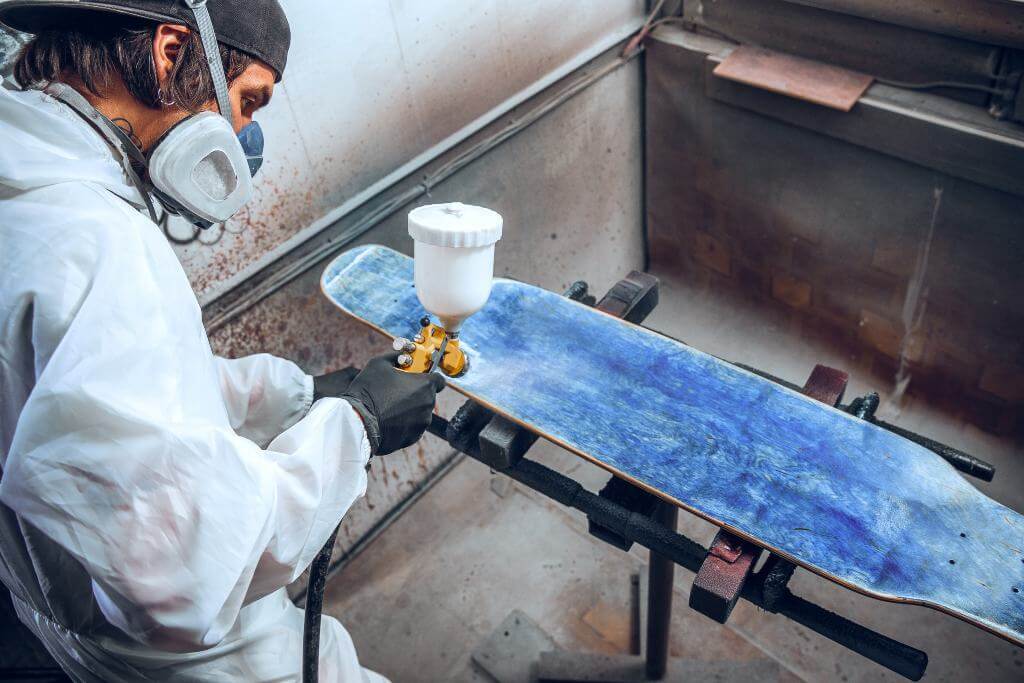
5.jpg)
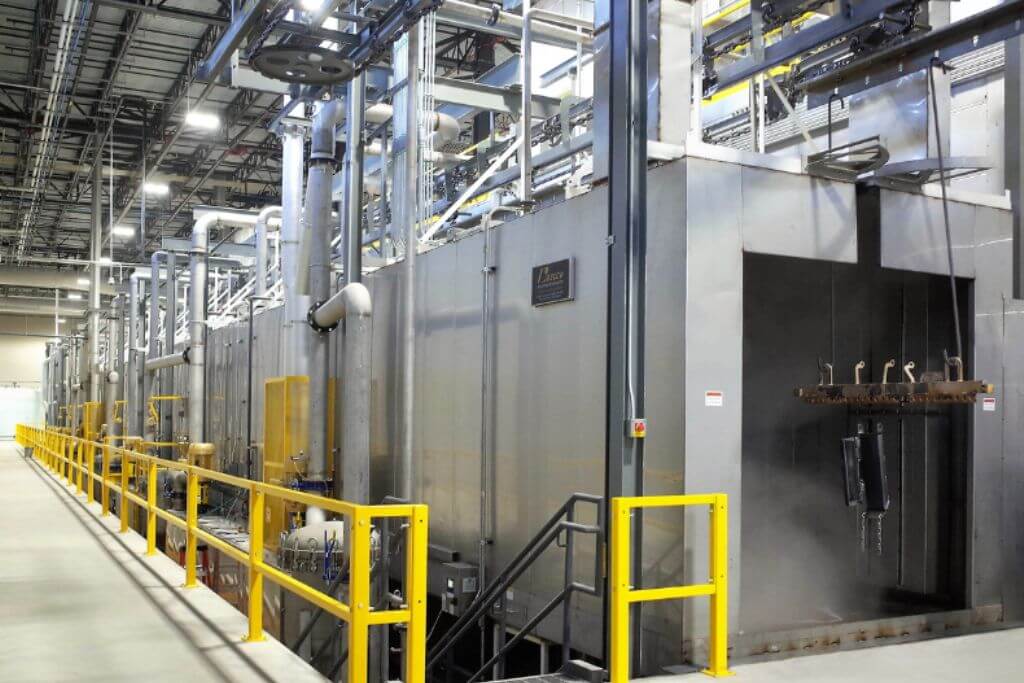
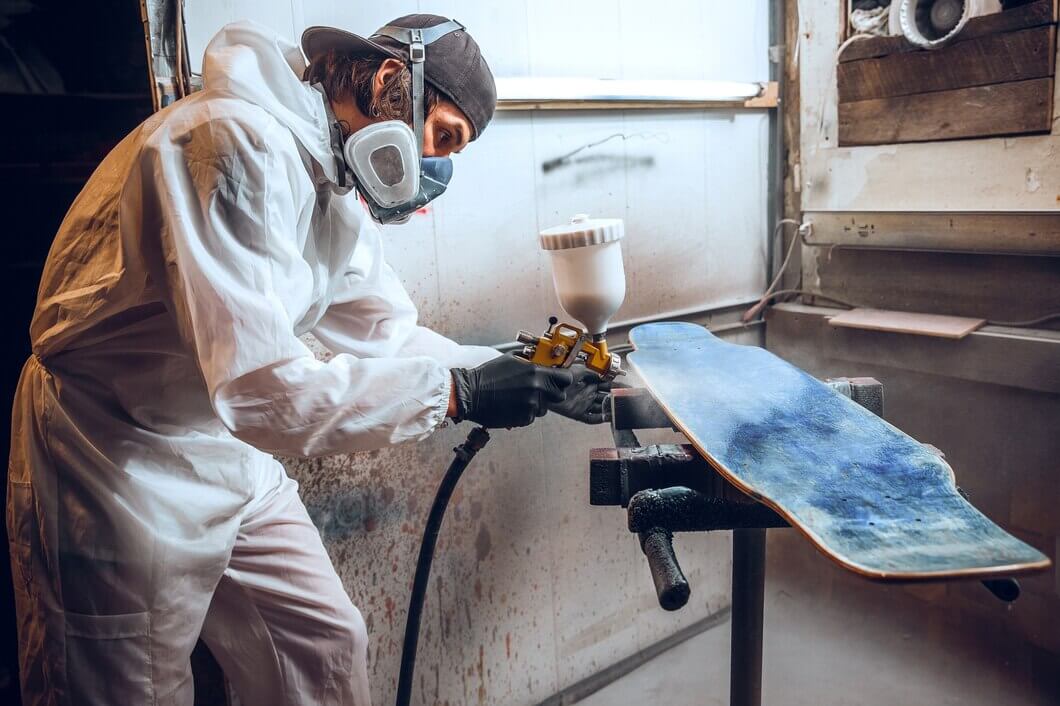
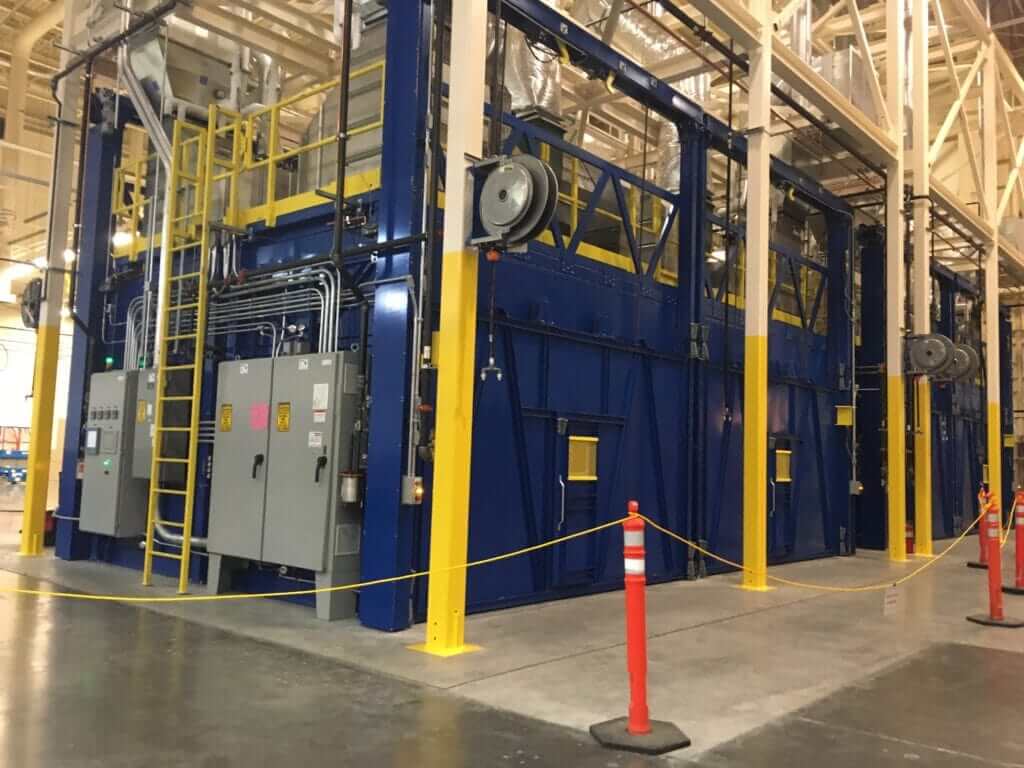
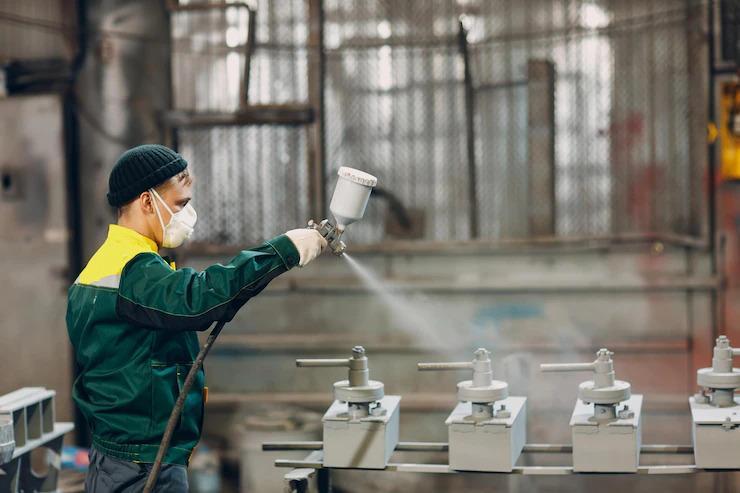
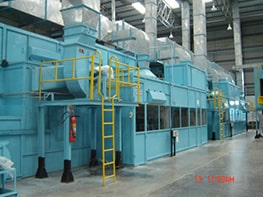
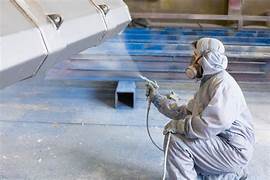
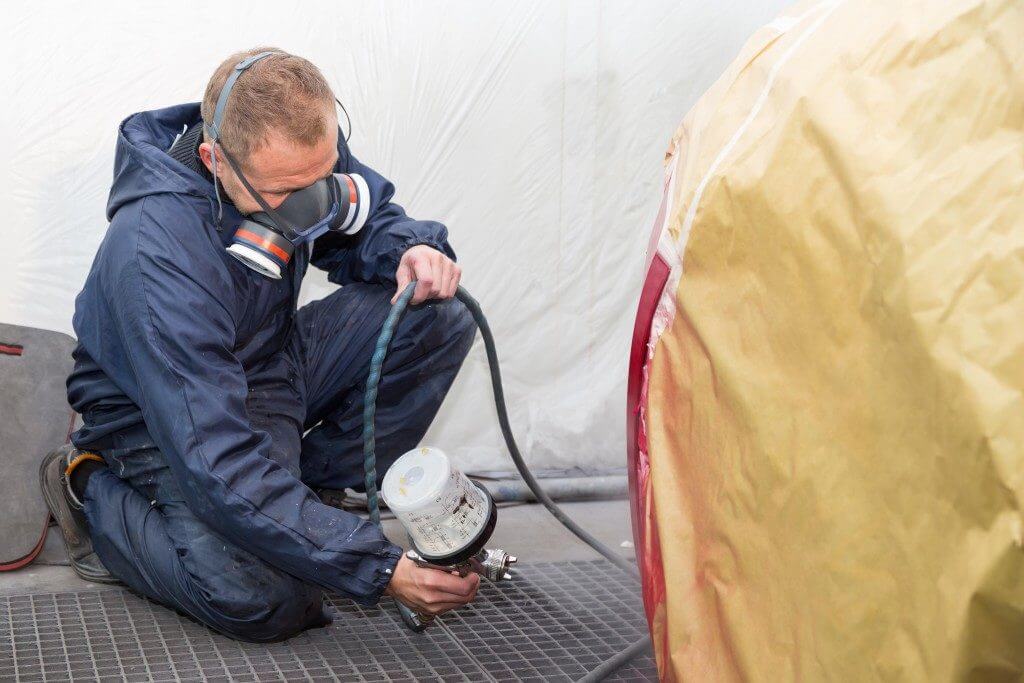
.jpg)
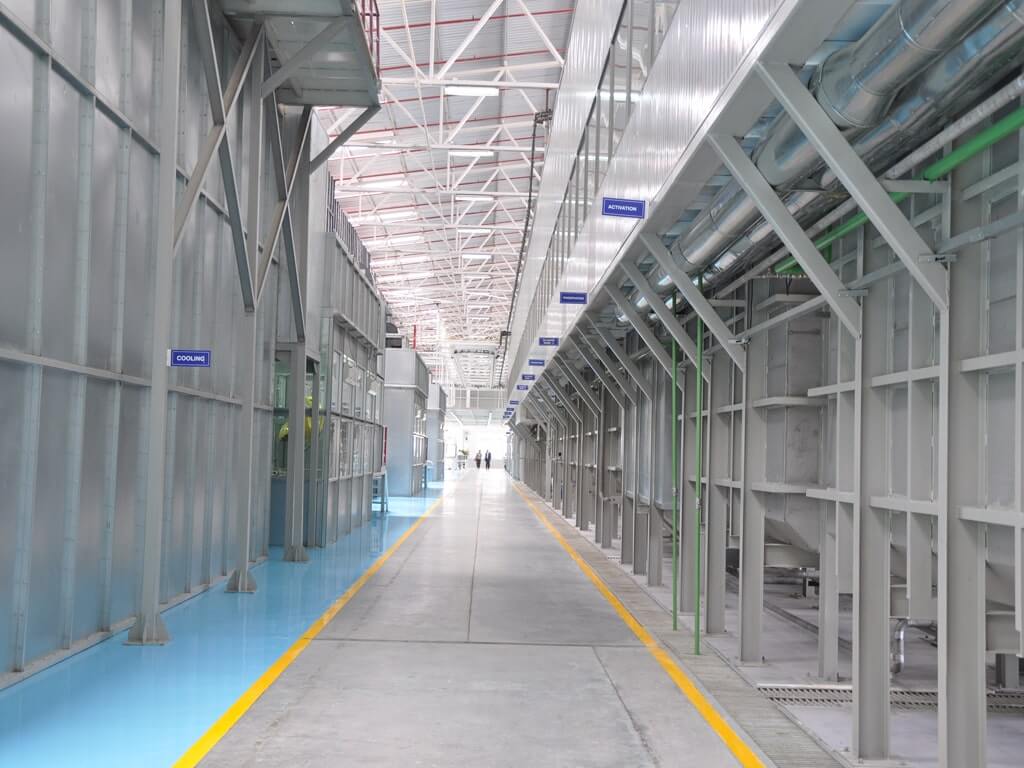
.jpeg)
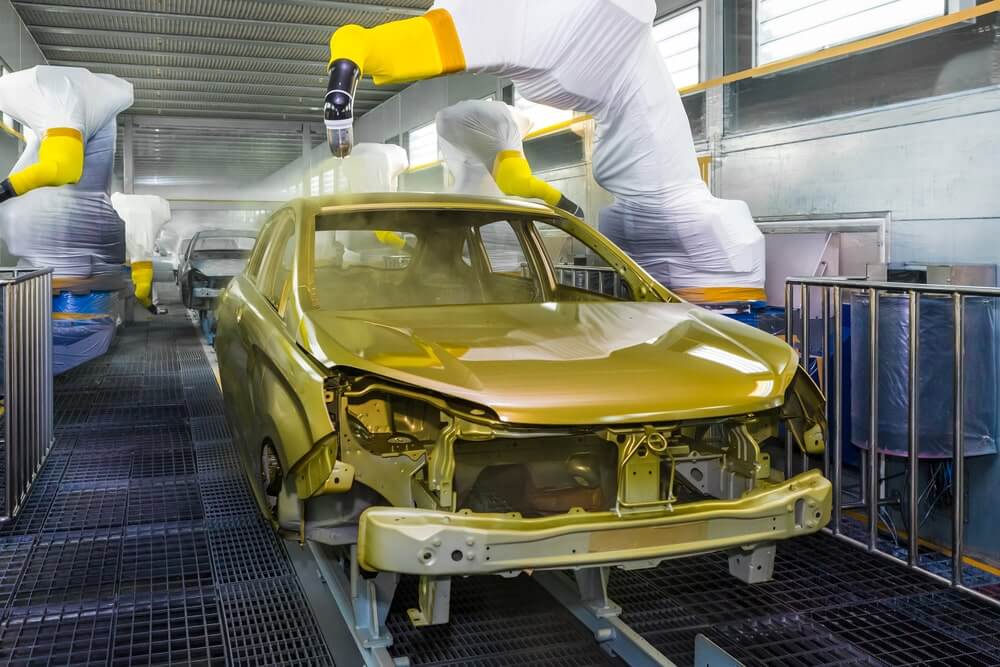

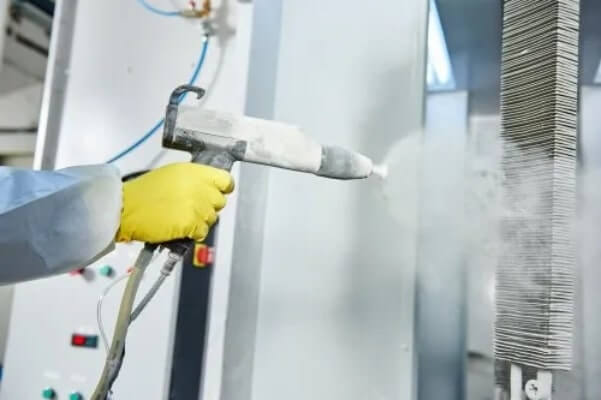
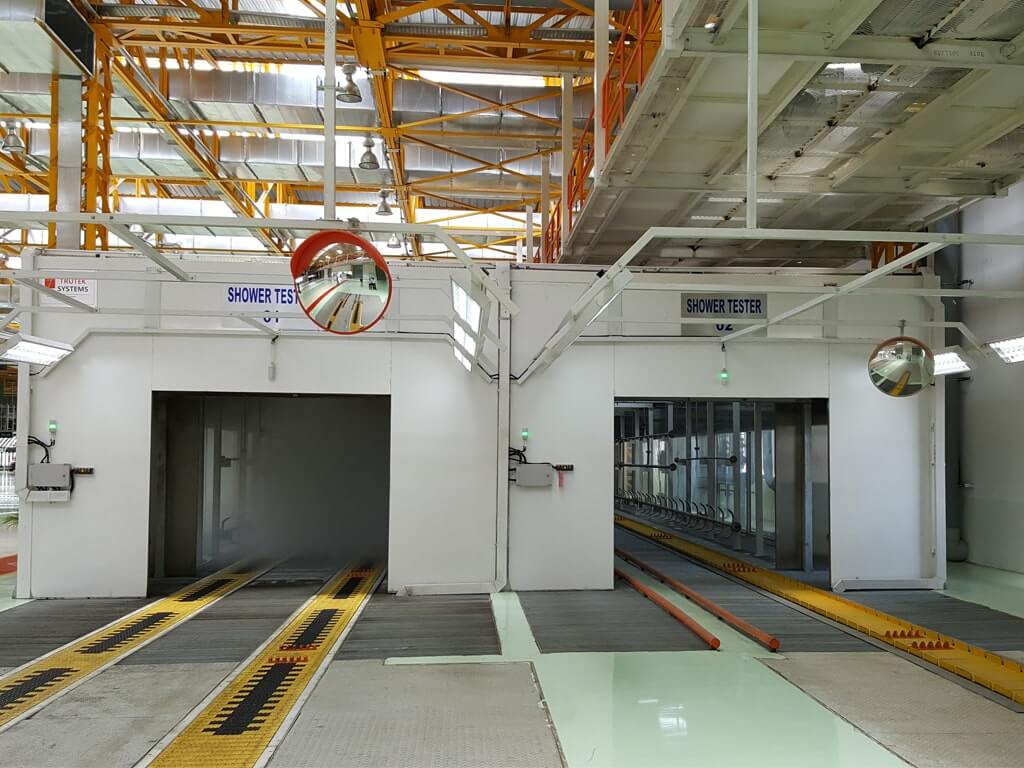
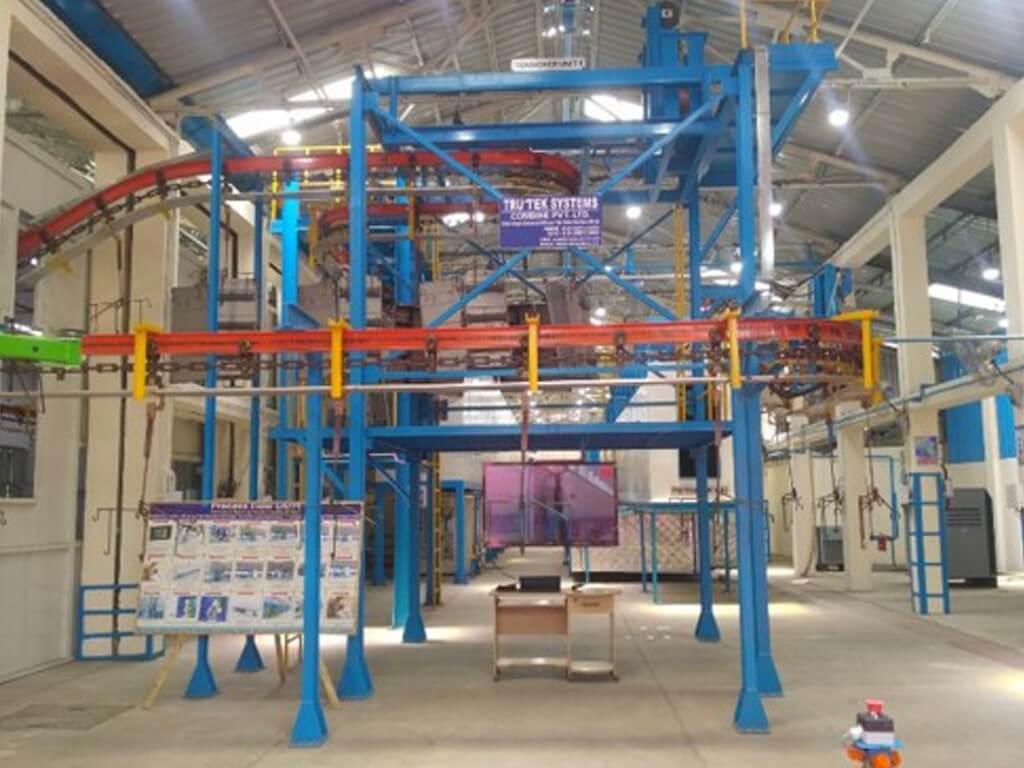
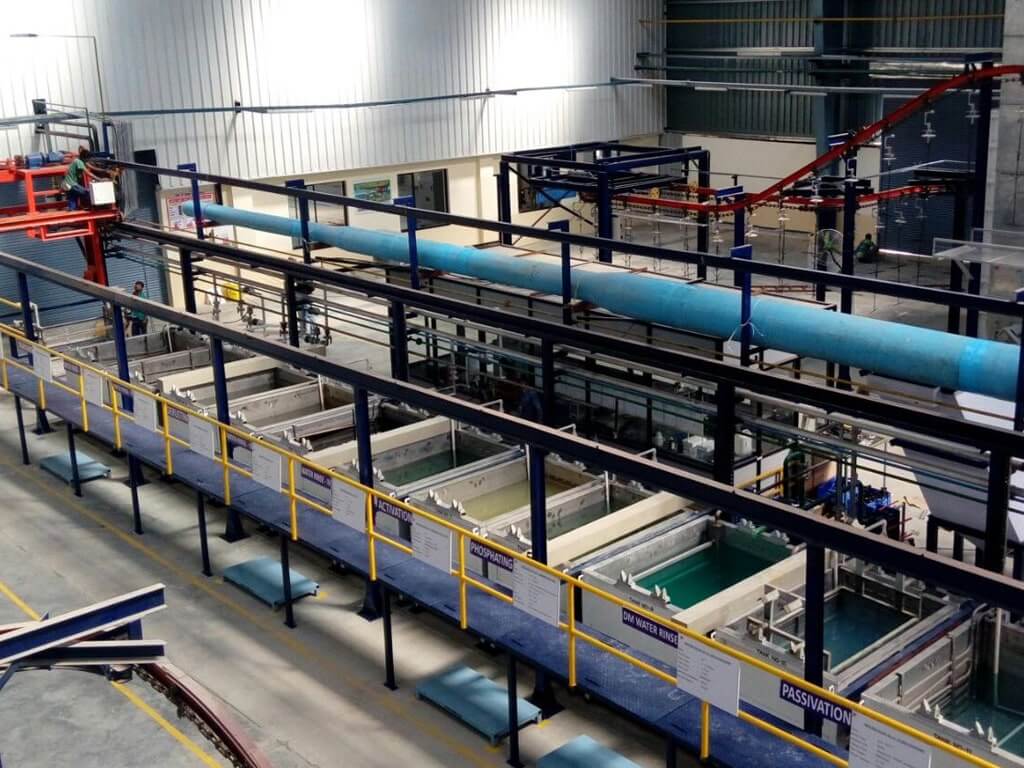
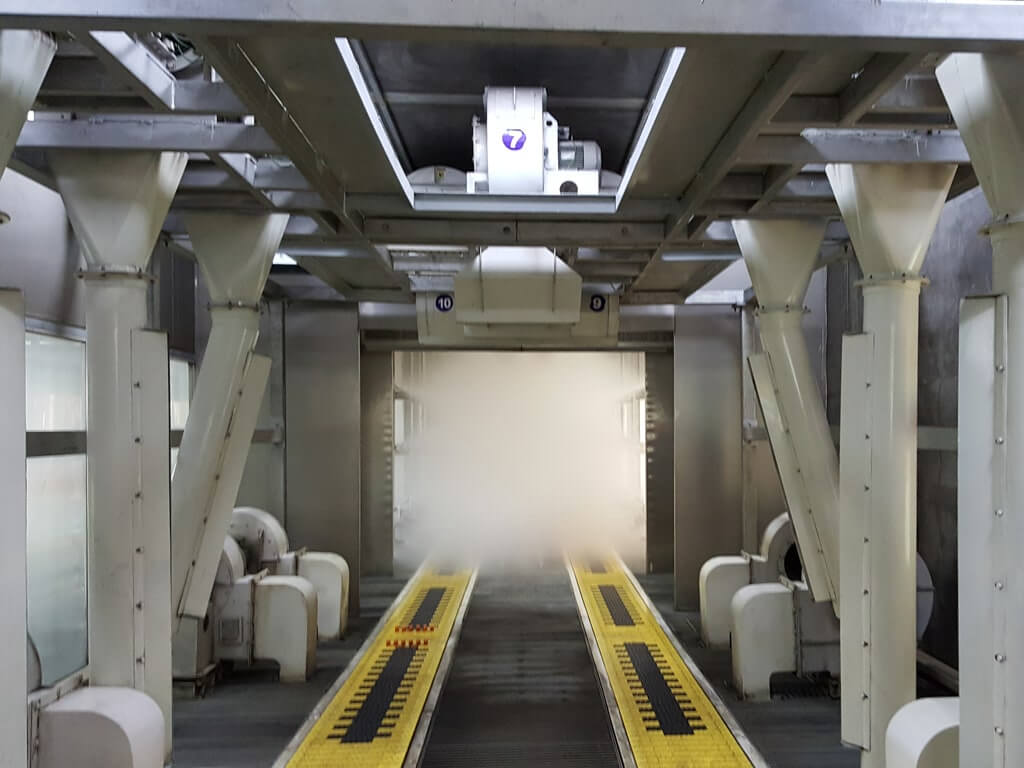
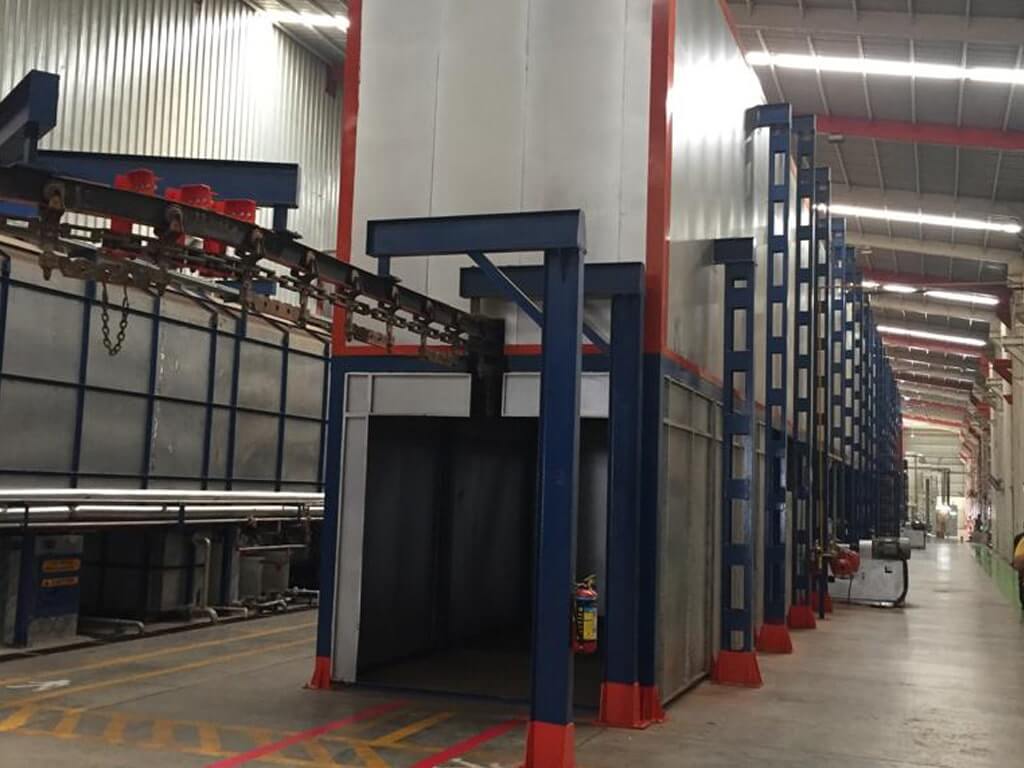
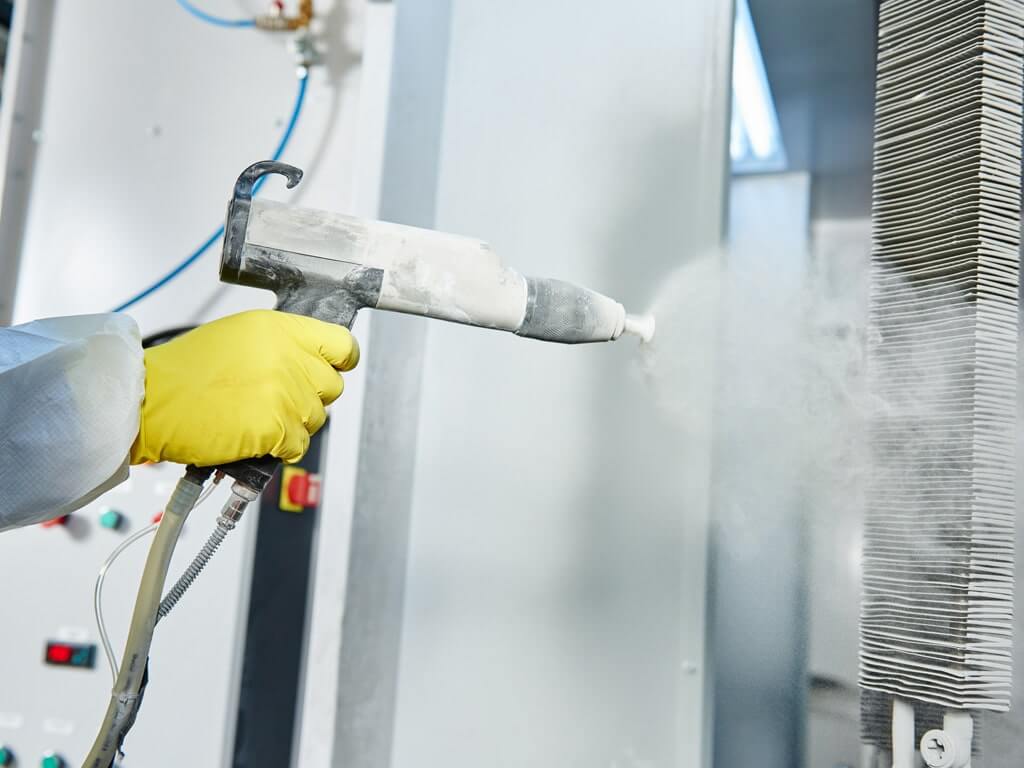
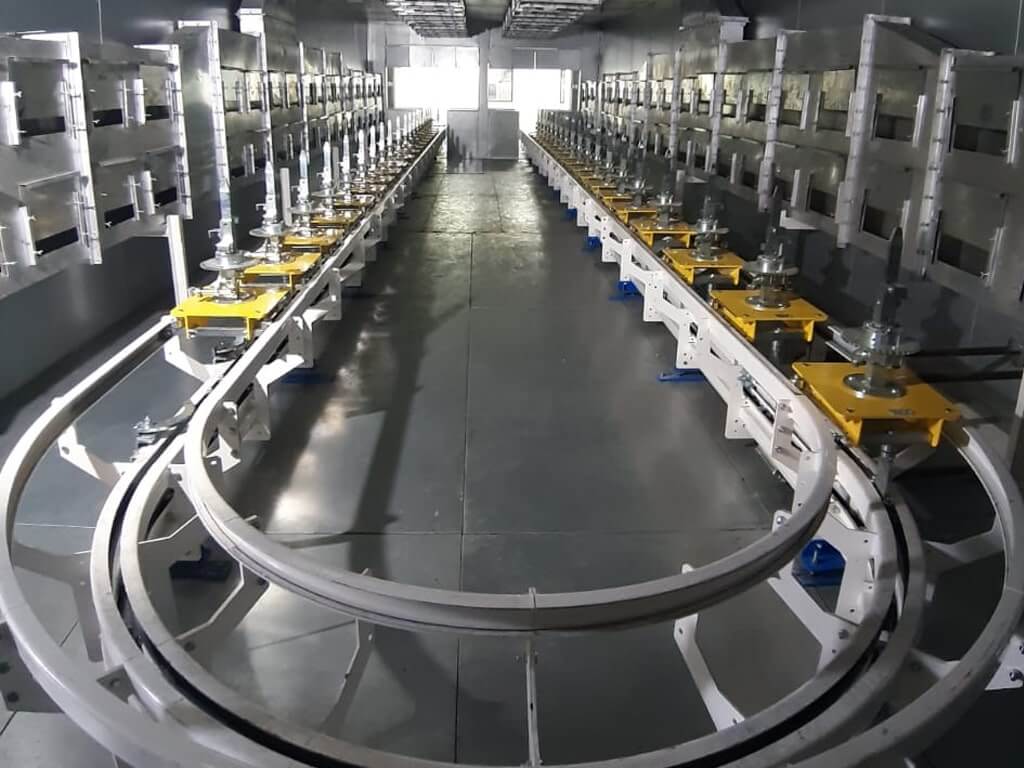
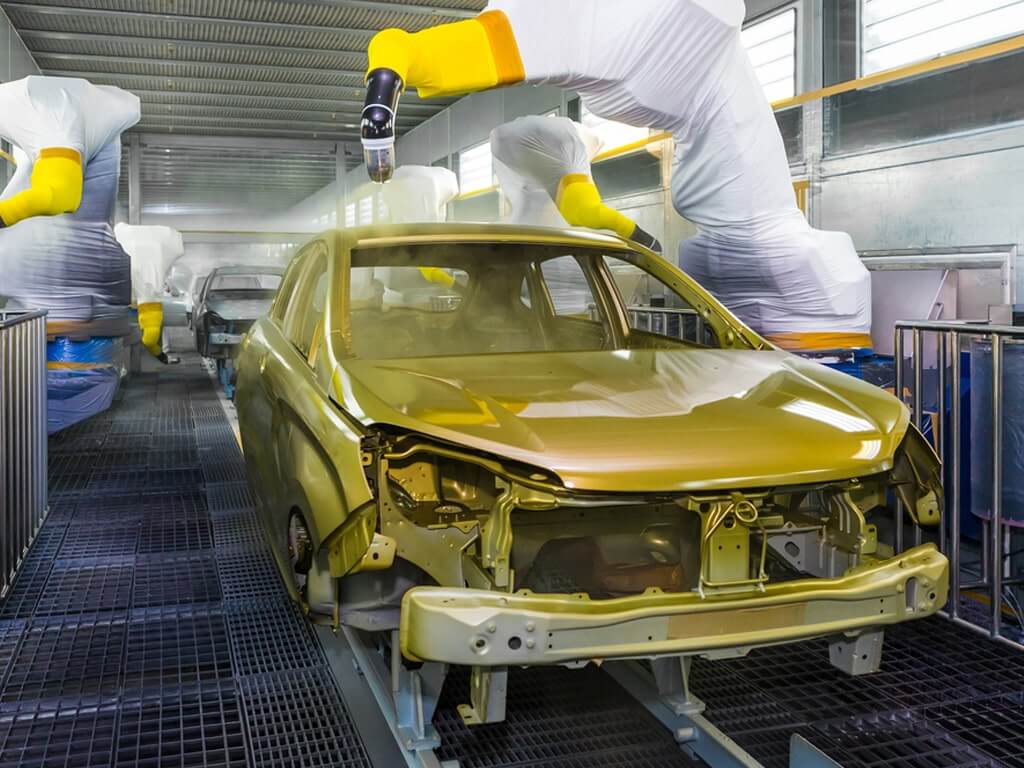
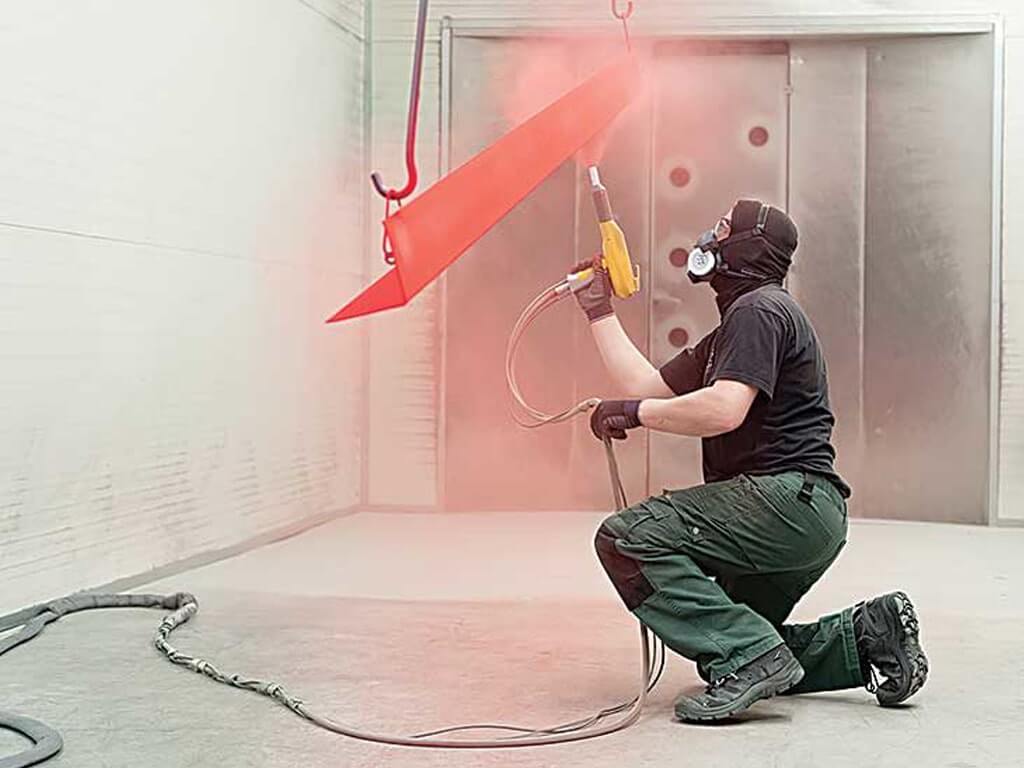

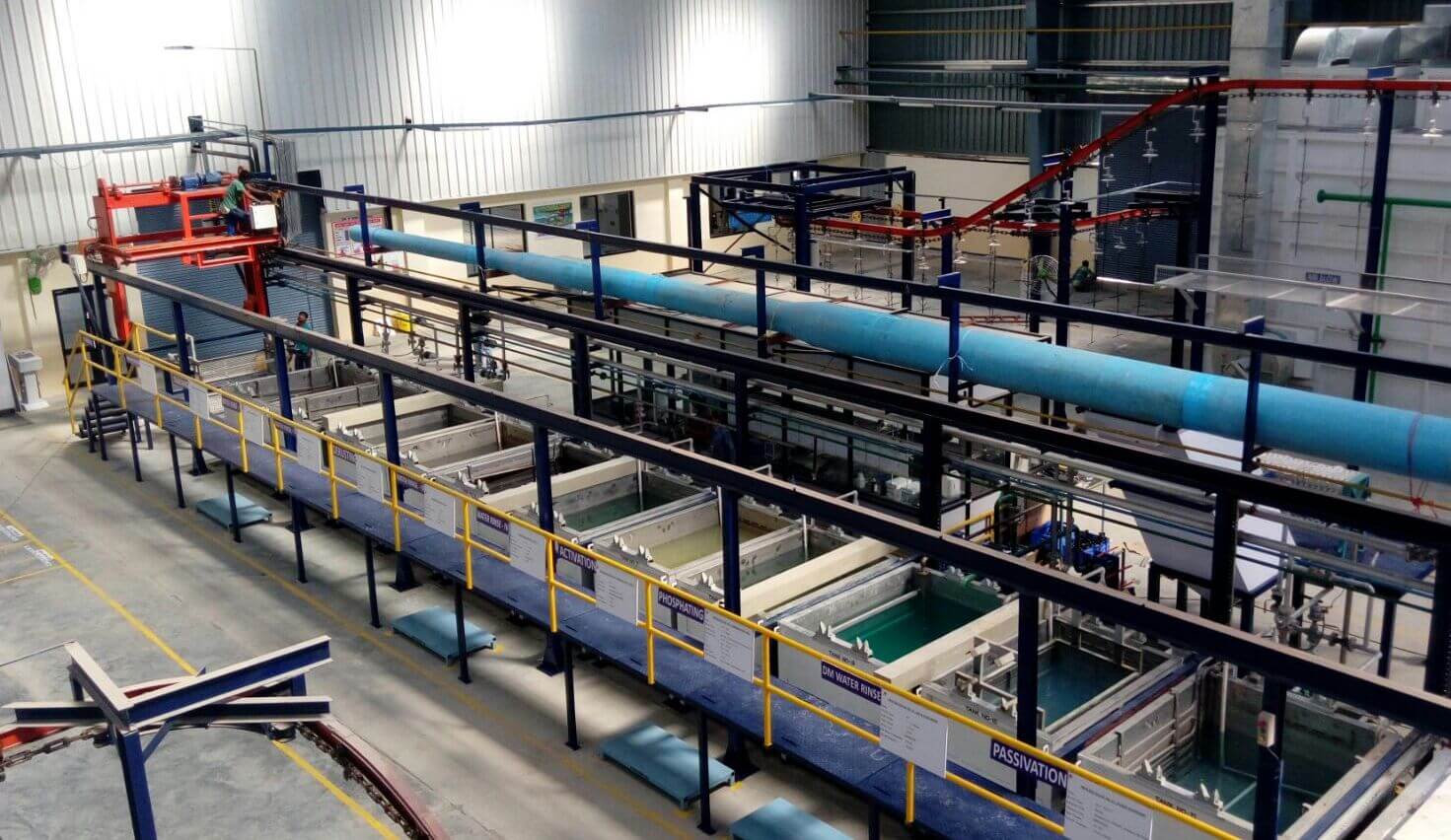
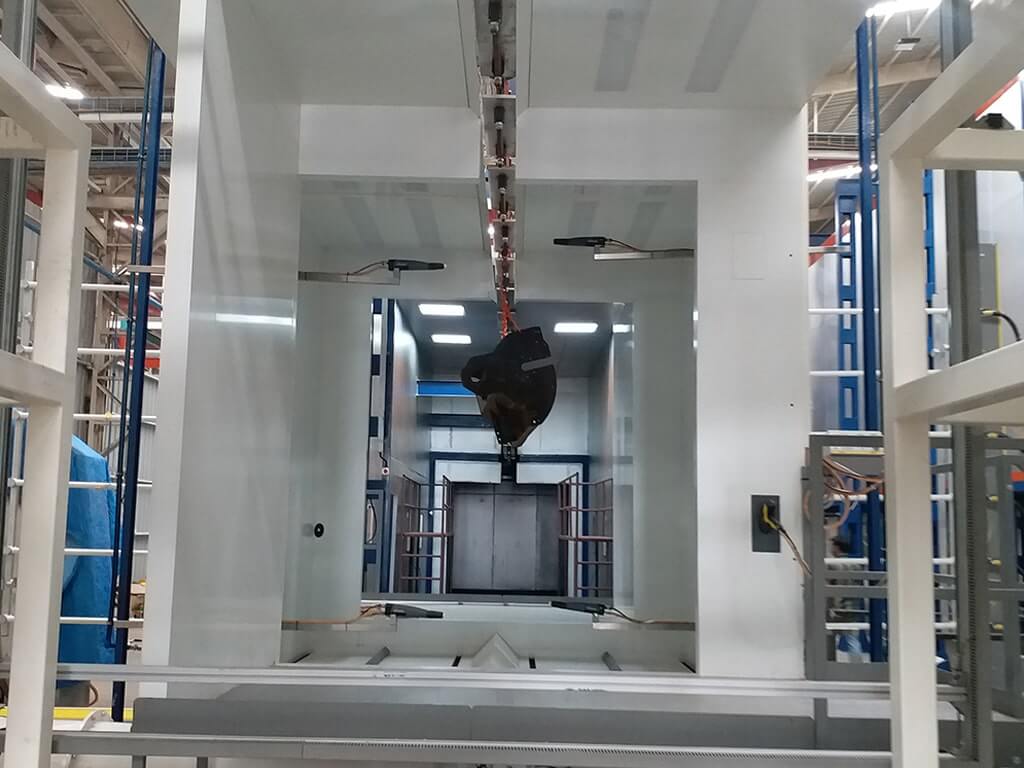
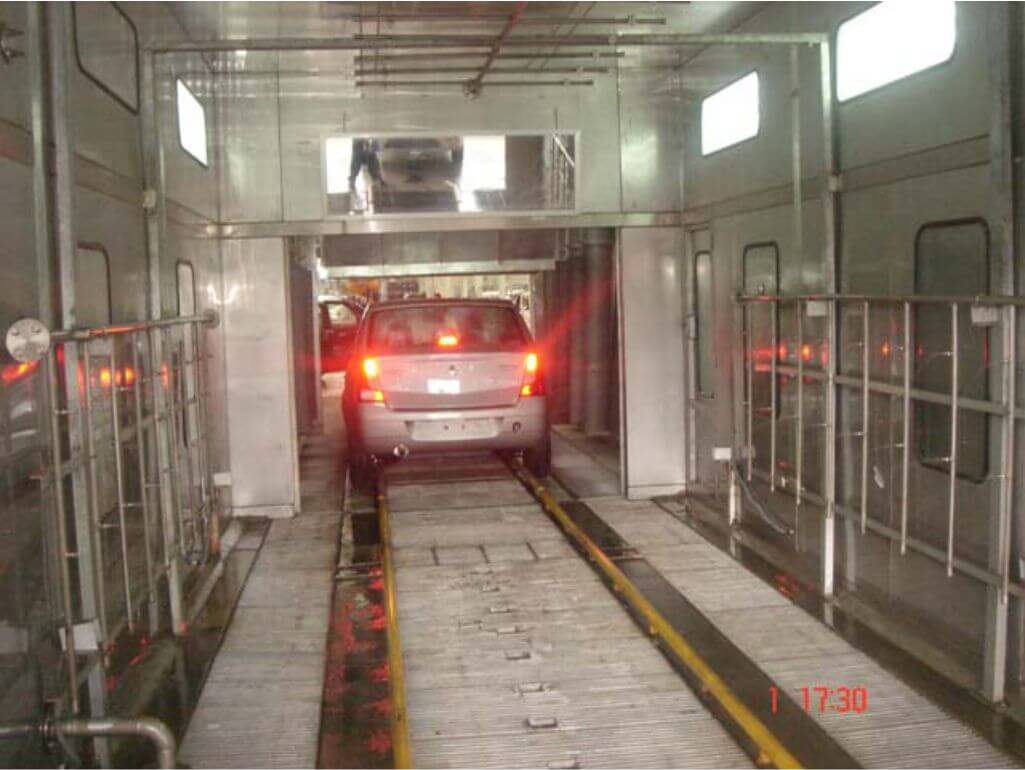
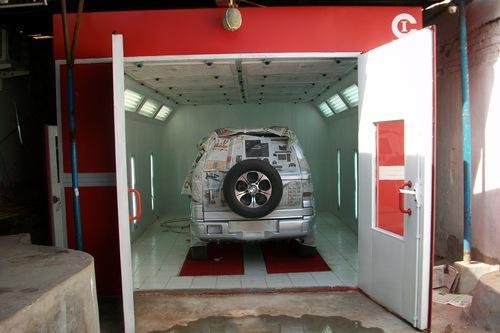
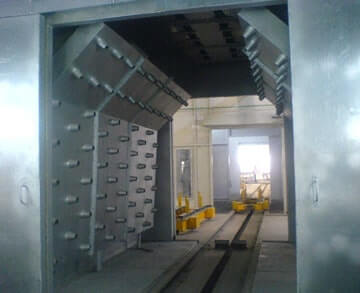

Leave a comments